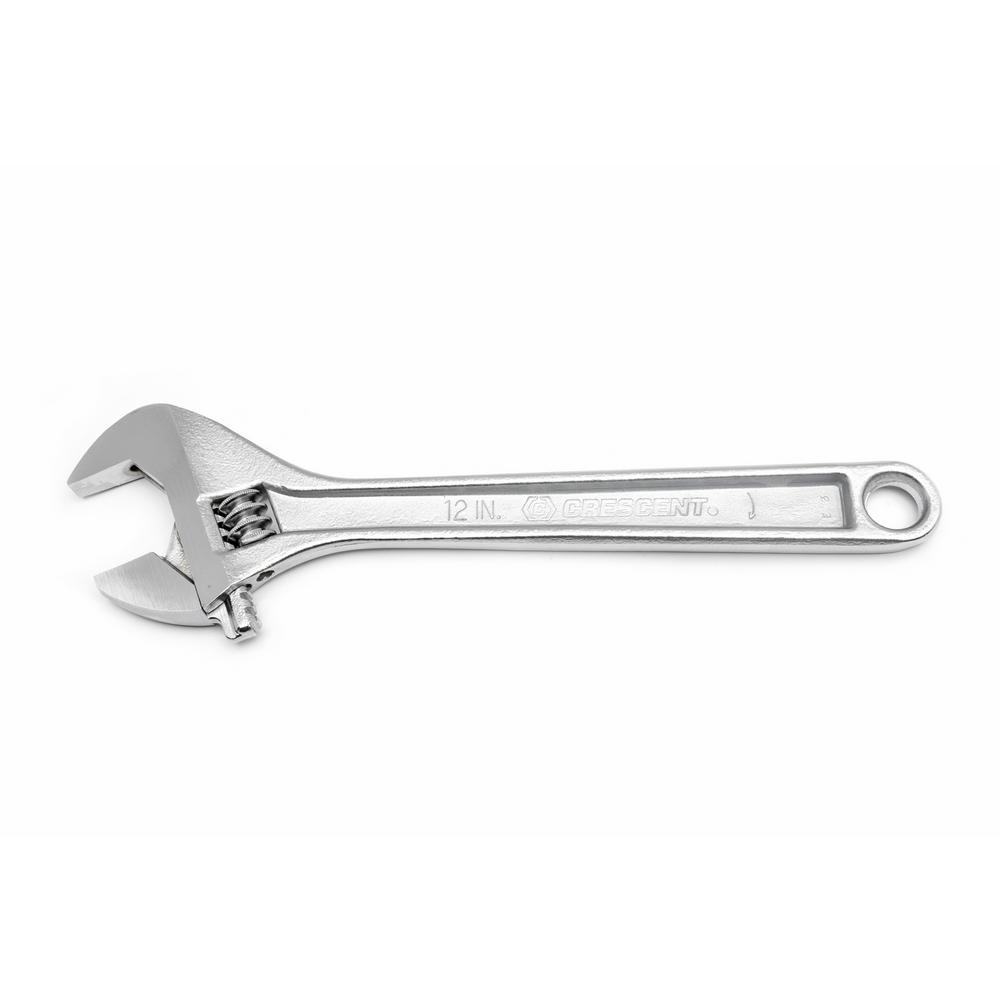If you have built a toolbox (or a set of toolboxes), in fighting, you can take your tool out and use it.
The advantage of this approach are:
- You train MA in general. You are not training any particular MA style.
- If you always take 4 tools out of your toolbox and train those tools differently every week, when you need to use it, you will have at least 4 tools that you feel fresh.
- If you connect your tools and make it into a short form, you can "record" your tools nicely.
- ...
Here is one way that you can build your elbow toolbox:
- side way elbow.
- forward elbow.
- downward elbow.
- upward elbow.
- backward elbow.
- Double side way elbows.
- ...
Any comment?
The advantage of this approach are:
- You train MA in general. You are not training any particular MA style.
- If you always take 4 tools out of your toolbox and train those tools differently every week, when you need to use it, you will have at least 4 tools that you feel fresh.
- If you connect your tools and make it into a short form, you can "record" your tools nicely.
- ...
Here is one way that you can build your elbow toolbox:
- side way elbow.
- forward elbow.
- downward elbow.
- upward elbow.
- backward elbow.
- Double side way elbows.
- ...
Any comment?

